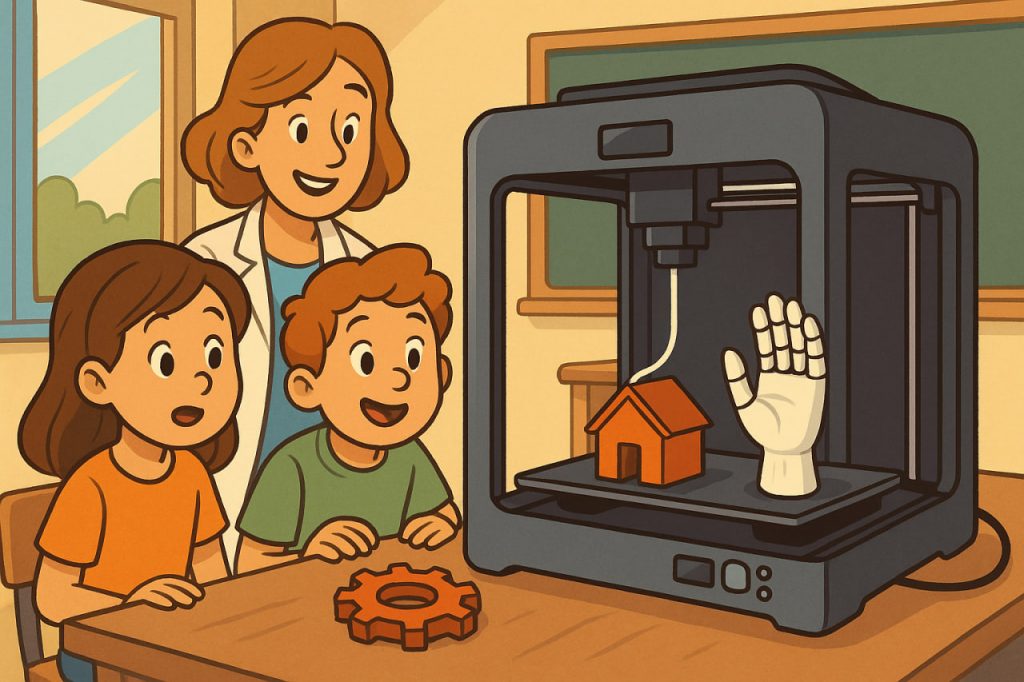3D printing, also known as additive manufacturing, is a revolutionary process that creates three-dimensional objects by adding material layer by layer based on a digital model. Unlike traditional subtractive methods, where material is cut away, 3D printing builds objects from the ground up — increasing efficiency and reducing waste.
How 3D Printing Works
The process starts with a digital 3D model created using computer-aided design (CAD) software. This model is then sliced into thin layers by specialized software. A 3D printer reads these slices and deposits material — such as plastic, resin, metal, or even living cells — one layer at a time until the object is complete.
The most common types of 3D printers include:
- FDM (Fused Deposition Modeling): Uses melted plastic to form each layer.
- SLA (Stereolithography): Uses UV light to harden resin layer by layer.
- SLM (Selective Laser Melting): Melts metal powder with a laser to form solid parts.
Applications in Everyday Life
3D printing is used in many industries, including:
- Healthcare: Custom prosthetics, dental implants, and anatomical models for surgery.
- Aerospace and Automotive: Lightweight, durable components for aircraft and vehicles.
- Construction: Houses and buildings can be 3D printed using concrete.
- Fashion and Art: Designers create custom jewelry, shoes, and sculptures.
- Education: Students learn engineering, biology, and design using hands-on models.
Even in homes, hobbyists use desktop 3D printers to make phone stands, toys, tools, or replacement parts for household items.
Medical Innovations
One of the most impressive uses of 3D printing is in biomedicine. Surgeons use printed models to prepare for complex operations. Doctors can create personalized prosthetics in days, not weeks.
In bioprinting, living cells are printed to form tissues — like artificial skin or cartilage. Though fully functional printed organs are still under development, research continues to bring us closer to that future.
Advantages and Challenges
Benefits of 3D printing:
- Less material waste
- Faster prototyping and manufacturing
- Customization for individual needs
- Reduced transportation costs with local production
Challenges include:
- High cost of industrial-grade printers
- Limited speed for mass production
- Need for skilled technicians
- Intellectual property concerns
As the technology matures, prices fall, and materials improve, 3D printing will become more accessible and impactful worldwide.
Glossary
- Additive manufacturing – A process of making objects by adding material layer by layer.
- CAD (Computer-Aided Design) – Software used to create 3D models.
- FDM – A common 3D printing method using melted plastic.
- Bioprinting – Printing with living cells to create tissues or organs.
- Prototype – A test version of a product used to evaluate its design.


